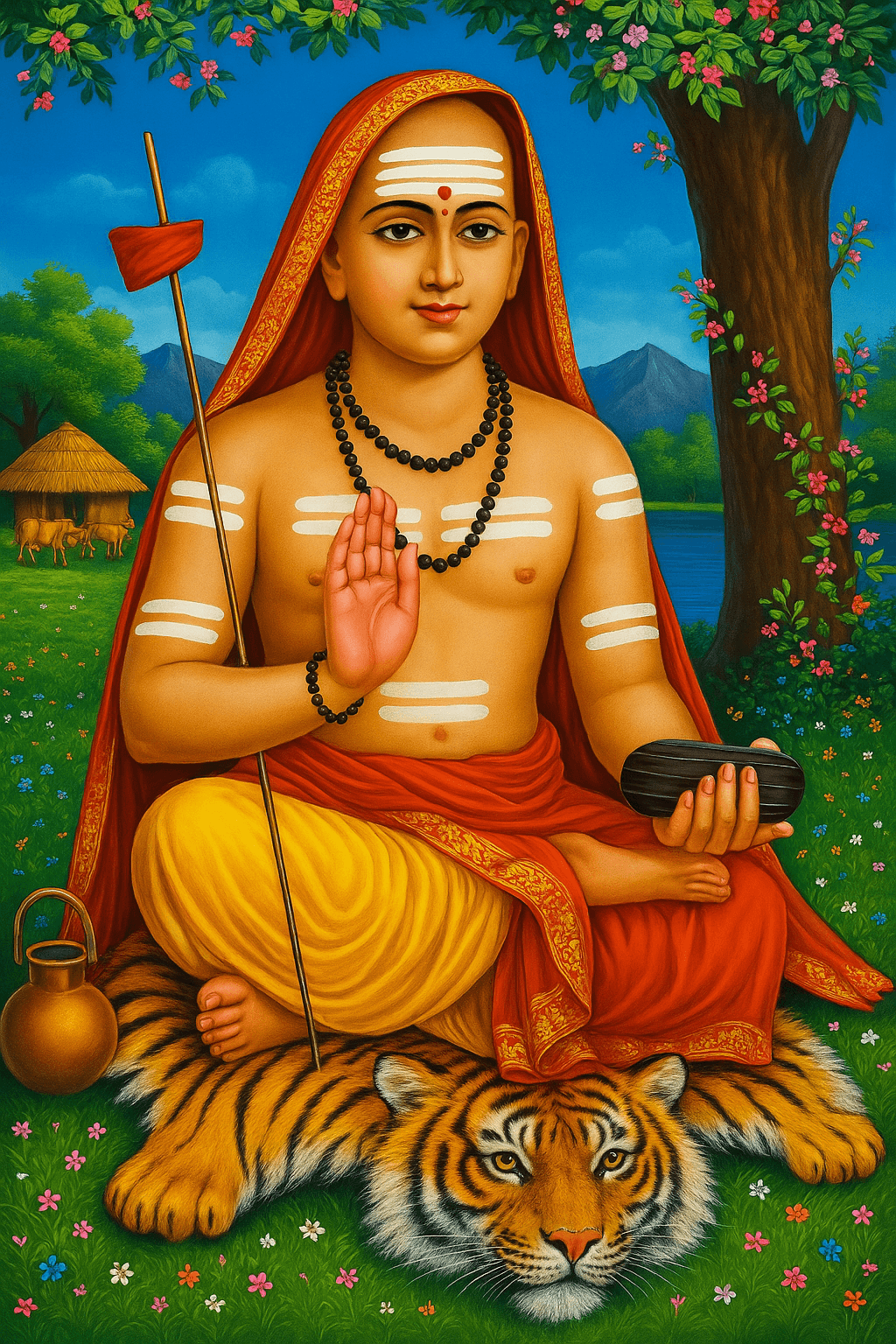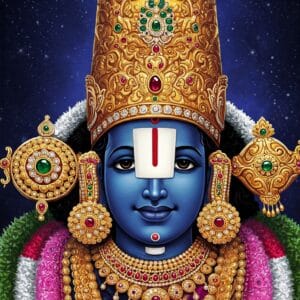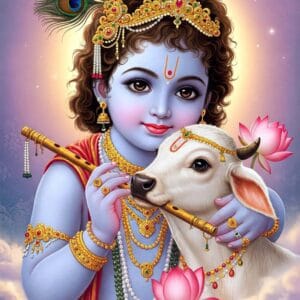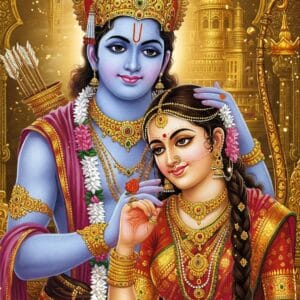Description
Jagadguru Adi Shankaracharya – AI Image
Adi Shankaracharya: Unveiling the Wisdom in an Iconic Portrait
Ever stumbled upon an image that just speaks to you? One that seems to hold layers of meaning, inviting you to look closer? The portrait above, often depicting the great sage Adi Shankaracharya, is exactly that kind of image. It’s more than just a picture; it’s a visual summary of profound philosophy and a remarkable life.
For many, this image is a familiar representation of one of India’s most revered spiritual masters. But what do all the elements in this depiction truly signify? Let’s journey together, decode the symbolism, and understand why Adi Shankaracharya’s teachings continue to inspire millions.
A Glimpse into the Life of a Luminary
Before we dive into the visual details, it’s worth remembering who Adi Shankaracharya was. Believed to have lived in the 8th century CE, he was a philosopher, theologian, and spiritual leader who consolidated the doctrine of Advaita Vedanta. A child prodigy, he renounced the world at a young age, traveled the length and breadth of India, engaged in philosophical debates, wrote brilliant commentaries on ancient scriptures, and established four prominent mathas (monasteries) in different corners of the country. His work played a pivotal role in the revival and understanding of Hinduism.
Decoding the Symbolism: What Does It All Mean?
Now, let’s turn our attention back to the image. Every aspect is rich with meaning.
The Serene Countenance and Meditative Posture: Shankaracharya is typically shown seated, often in a lotus posture (Padmasana) or a similar meditative pose. This signifies deep contemplation, inner peace, and mastery over the self. His youthful yet wise face, with a calm and compassionate expression, radiates spiritual attainment.
The Tripundra (Three Horizontal Lines): The three horizontal lines of sacred ash (vibhuti) on his forehead, arms, and chest are a distinct Shaivite sectarian mark, known as the Tripundra. These lines can symbolize various trinities: the three gunas (Sattva, Rajas, Tamas), the three states of consciousness (waking, dreaming, deep sleep), or the Holy Trinity of Brahma, Vishnu, and Shiva. For an Advaitin like Shankaracharya, it often signifies transcending these to realize the one non-dual Brahman.
Rudraksha Mala (Beads): The strand of Rudraksha beads around his neck and sometimes on his arm is traditionally associated with Lord Shiva. These beads are considered sacred and are used by sages and devotees for japa (repetition of mantras) and to aid concentration and spiritual protection.
Saffron/Ochre Robes: The color of his attire, saffron or ochre, is symbolic of renunciation (sannyasa). It represents the fire of knowledge that burns away ignorance and worldly desires, signifying a life dedicated solely to the pursuit of spiritual truth.
The Danda (Staff): The staff, often seen beside him or held, is a traditional symbol of a sannyasi (renunciate). It represents self-control (dama), the axis of spiritual discipline, and the authority to guide and teach. The small flag at the top can represent victory over ignorance.
The Kamandalu (Water Pot): This simple water pot signifies a life of austerity and self-sufficiency. It holds water, essential for life and purification, and reminds one of the detached lifestyle of a monk who carries minimal possessions.
The Book/Scroll (Scriptures): Often, Shankaracharya is depicted holding or with a scroll or book nearby. This represents the sacred scriptures – the Vedas, Upanishads, and Bhagavad Gita – upon which he wrote profound commentaries. It highlights his role as a great scholar and interpreter of these ancient texts.
The Tiger Skin (Vyaghrasana): He is frequently shown seated on a tiger skin. The tiger symbolizes power, ferocity, and the untamed animalistic nature within humans (like lust, anger, greed). Sitting upon it signifies complete mastery over these lower instincts and fearlessness. It’s also a common seat for Lord Shiva, indicating Shankaracharya’s deep connection to Shaivite traditions.
Abhaya Mudra (Gesture of Fearlessness): One hand is often raised in the Abhaya Mudra, a gesture that means “fear not.” It’s a sign of assurance, protection, and divine blessing, offering solace and courage to spiritual seekers.
The Natural Setting: The backdrop often includes elements of nature – trees, a body of water, mountains, and sometimes a simple hut. This evokes the serene environment of an ashram or hermitage, ideal for spiritual practice and contemplation, away from worldly distractions.
The Enduring Message of Advaita Vedanta
At the heart of Adi Shankaracharya’s teachings is Advaita Vedanta – the philosophy of non-dualism. Its core tenet is that Brahman (the Ultimate Reality, the Absolute) is the only reality, and the Atman (the individual soul or self) is identical to Brahman. The perceived multiplicity of the world is Maya, an illusion that veils this ultimate truth. Liberation (Moksha) is achieved through Jnana (knowledge) – the direct realization of this oneness.
More Than Just an Image
So, the next time you encounter this iconic image of Adi Shankaracharya, take a moment. It’s not just a depiction of a historical figure; it’s a powerful visual lesson. It encapsulates a life dedicated to wisdom, the profound depths of Hindu philosophy, and the timeless path to self-realization. The symbolism invites us to look beyond the surface, to contemplate the deeper meanings, and perhaps, to embark on our own journey of inner discovery.
His teachings on discernment, detachment, and the pursuit of ultimate truth remain as relevant today as they were centuries ago, offering a guiding light for those seeking meaning and peace in a complex world.
Keyword Integration: “Adi Shankaracharya,” “Advaita Vedanta,” “symbolism,” “Hindu philosophy,” “spiritual master,” “Advaita Siddhanta”








Reviews
There are no reviews yet.